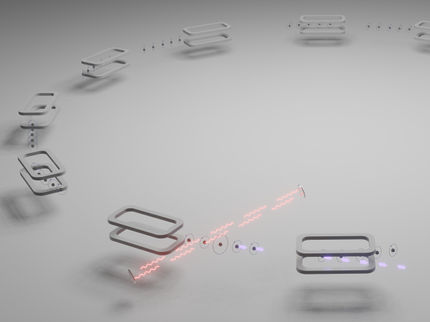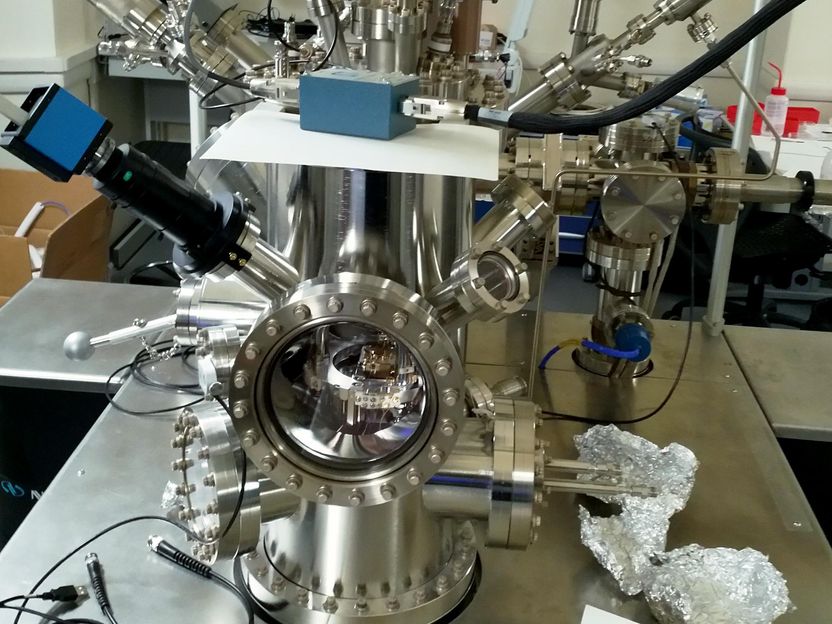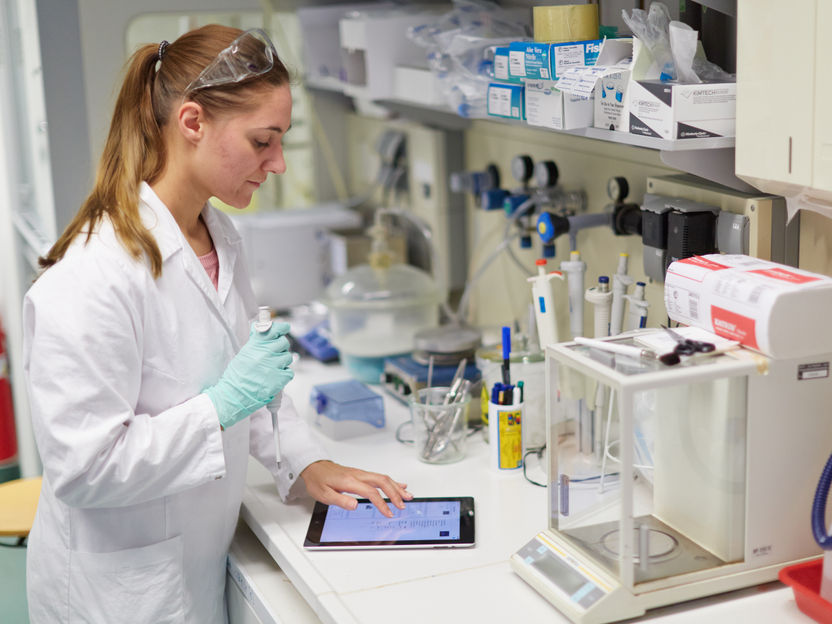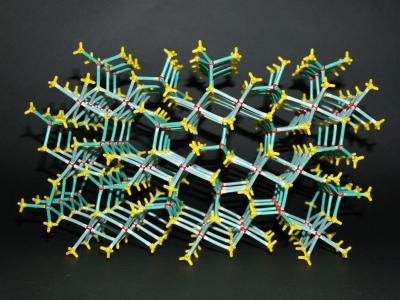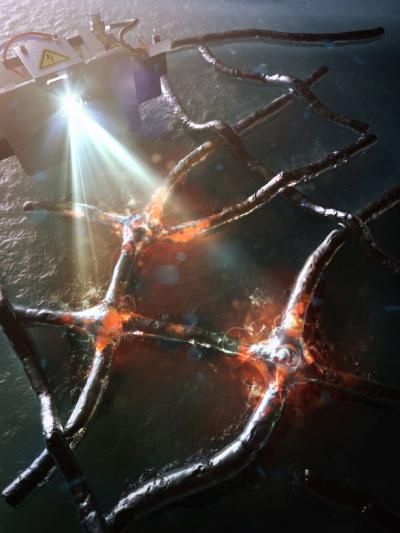New forensic technique for identifying cloth fibers
Crime-scene investigators may soon have a new tool to help them catch evildoers. Researchers have demonstrated the proof-of-principle for a new forensic technique to identify individual fibers of cloth, which often all look alike.
"White cotton fibers are so common and have so few visual distinguishing features that they are largely ignored by forensic scientists at crime scenes," says Brian Strohmeier, a scientist at Thermo Fisher Scientific, a laboratory-instrument company based in Massachusetts. But most of today's fabrics have gone through various manufacturing and treatment processes – for example, to make them stain resistant, waterproof, or iron-free – leaving unique organic chemicals on the surface of the fibers. So by analyzing the chemical signature on the surface of individual fibers, forensic scientists can, for instance, identify the origin of scraps of fabric evidence found in crime scenes.
In the new method, he and his colleagues used a well-known technique called X-ray photoelectron spectroscopy (XPS) – but with a twist. In XPS, the test sample is zapped with a focused X-ray beam, which then knocks out electrons from the surface of the sample. A detector then counts the electrons and measures their kinetic energies. The resulting spectrum reveals the chemical signature of the surface.
XPS has been used before to characterize the surfaces of textile fibers that don't have chemical coatings, Strohmeier says. But to study the surface chemistry of treated fibers, the researchers need to go deeper and analyze the layers just beneath the surface. To do so, the researchers fired a beam of argon-ion clusters onto the sample fiber. The beam drilled away a shallow hole on the surface of the fiber, revealing the layer underneath. Each cluster contains thousands of atoms, and because the clusters break up on impact, they don't cause as much damage to the chemicals that are being measured – whereas a beam of single ions would.
With the layer underneath now exposed, the researchers used XPS to study its chemical contents. By blasting the sample with the beam longer, the researchers can scrape away deeper layers for analysis.
With this technique, the researchers were able to identify textile materials based on the surface chemistry that's the result of different manufacturing processes. They were also able to distinguish materials that had undergone different chemical treatments but were otherwise identical.
Previously, XPS hadn't been used much in forensic science, Strohmeier says. There was no accepted standard for XPS methods in forensics, it often took hours to analyze each sample, the technique required relatively large samples with areas of several square millimeters, and XPS instruments were a lot more expensive than other forensic tools. But, he says, XPS instruments have improved to the point that analysis now takes minutes and you only need tens to hundreds of square microns of sample area. And, only in the last couple years have argon-ion cluster beam technology been able to do the kind of depth-profile analysis demonstrated that the researchers demonstrated.
While these new results don't yet establish a bona fide technique for forensics, Strohmeier says, it does show great potential for analyzing fibers and the surfaces of other kinds of evidence collected at crime scenes.
Other news from the department science
These products might interest you
Most read news
More news from our other portals
See the theme worlds for related content
Topic World Spectroscopy
Investigation with spectroscopy gives us unique insights into the composition and structure of materials. From UV-Vis spectroscopy to infrared and Raman spectroscopy to fluorescence and atomic absorption spectroscopy, spectroscopy offers us a wide range of analytical techniques to precisely characterize substances. Immerse yourself in the fascinating world of spectroscopy!

Topic World Spectroscopy
Investigation with spectroscopy gives us unique insights into the composition and structure of materials. From UV-Vis spectroscopy to infrared and Raman spectroscopy to fluorescence and atomic absorption spectroscopy, spectroscopy offers us a wide range of analytical techniques to precisely characterize substances. Immerse yourself in the fascinating world of spectroscopy!
